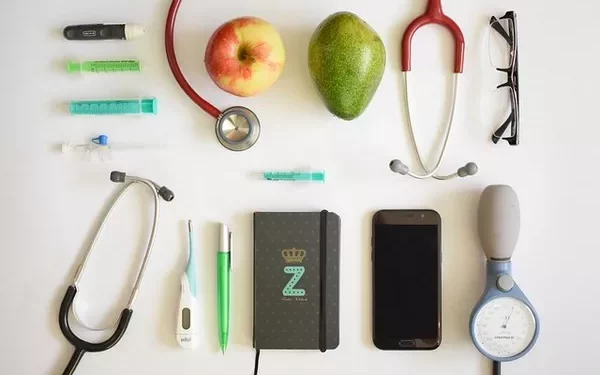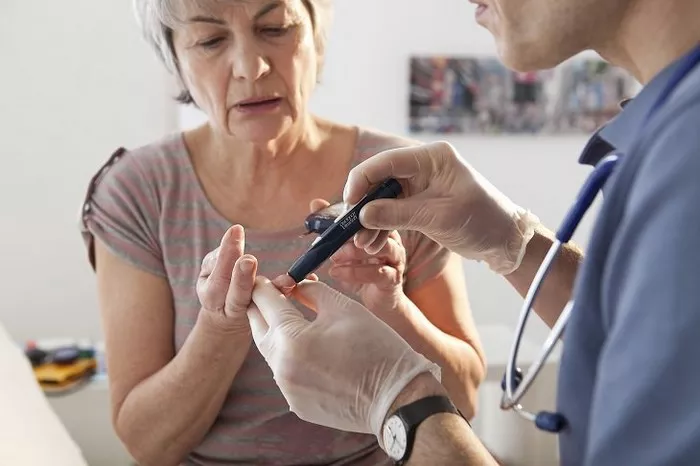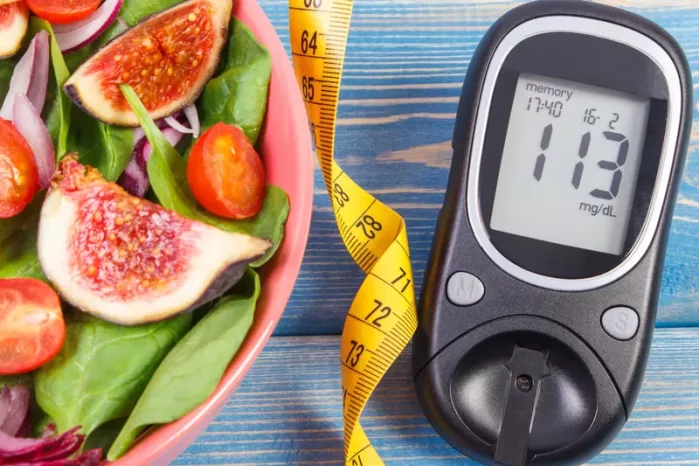For individuals with diabetes, accurate blood glucose monitoring is crucial for effective disease management. Continuous glucose monitoring (CGM) systems, such as the FreeStyle Libre, have become increasingly popular due to their convenience and the comprehensive data they provide. However, users often notice discrepancies between the glucose readings from their CGM devices and traditional finger stick (capillary) blood glucose tests. One common observation is that Libre readings tend to be higher than finger stick readings. This article explores the reasons behind these differences, examining the principles of glucose monitoring, the factors influencing readings, and the implications for diabetes management.
Principles of Glucose Monitoring
Finger Stick Testing
Finger stick testing, also known as capillary blood glucose testing, involves pricking the fingertip with a lancet to obtain a drop of blood. This blood is then analyzed using a glucose meter. The glucose meter measures the glucose concentration in the blood sample, providing an immediate reading of the individual’s current blood glucose level.
Continuous Glucose Monitoring (CGM)
CGM systems, like the FreeStyle Libre, use a sensor inserted under the skin to measure glucose levels in the interstitial fluid, which surrounds the cells in the tissue just below the skin. The sensor continuously measures glucose levels and sends this data to a reader or smartphone app. Unlike finger stick testing, CGM provides a continuous stream of glucose data, offering insights into glucose trends and fluctuations throughout the day and night.
Understanding the Discrepancies
Differences in Measurement Sites
One of the primary reasons for discrepancies between Libre and finger stick readings is the difference in measurement sites. Finger stick tests measure glucose levels in capillary blood, while CGM devices measure glucose in the interstitial fluid.
Capillary Blood Glucose: This is the glucose concentration in the blood obtained from a fingertip prick. Capillary blood glucose levels reflect the immediate glucose concentration in the bloodstream.
Interstitial Fluid Glucose: This is the glucose concentration in the fluid surrounding the cells beneath the skin. Interstitial glucose levels tend to lag behind blood glucose levels due to the time it takes for glucose to move from the blood vessels into the interstitial fluid.
Physiological Lag Time
The physiological lag time, also known as the time lag, is the delay between changes in blood glucose levels and corresponding changes in interstitial fluid glucose levels. This lag can range from a few minutes to over 20 minutes, depending on various factors, including the rate of change in blood glucose levels.
Rapid Changes: When blood glucose levels change rapidly, such as after eating or during exercise, the lag time can lead to noticeable discrepancies between CGM and finger stick readings. For instance, after a meal, blood glucose levels may spike quickly, but the interstitial fluid glucose levels measured by the Libre sensor may take longer to reflect this increase, resulting in lower initial readings followed by higher readings as the interstitial glucose catches up.
Steady-State Conditions: Under steady-state conditions, when blood glucose levels are relatively stable, the lag time has less impact, and the discrepancies between Libre and finger stick readings are minimized.
Sensor Calibration and Accuracy
The accuracy of CGM systems, including the FreeStyle Libre, depends on several factors, including sensor calibration and the specific technology used.
Factory Calibration: The FreeStyle Libre is factory-calibrated, meaning it does not require user calibration with finger stick tests. However, variations in individual sensor performance can lead to differences in accuracy. Some sensors may consistently read higher or lower than others.
Accuracy Metrics: CGM systems are typically evaluated based on metrics such as Mean Absolute Relative Difference (MARD), which compares CGM readings to reference blood glucose measurements. While CGM systems are generally accurate, they are not perfect and can have a margin of error.
Environmental and Physiological Factors
Several environmental and physiological factors can influence CGM readings, contributing to discrepancies between Libre and finger stick tests.
Hydration Status: Dehydration can affect the accuracy of CGM readings by altering the concentration of glucose in the interstitial fluid. Proper hydration is important for accurate glucose monitoring.
Skin Temperature: Extremes in skin temperature, whether too hot or too cold, can impact sensor performance and lead to inaccurate readings. For example, exercising in hot weather can cause the sensor to read higher glucose levels.
Pressure Effects: Pressure on the sensor site, such as lying on the sensor while sleeping, can temporarily affect glucose readings, causing them to be inaccurate.
Calibration Drift
Over time, the accuracy of a CGM sensor can drift. This means that a sensor that was accurate at the start of its use may become less accurate as it ages. Factors contributing to calibration drift include sensor wear, changes in the body’s response to the sensor, and the natural degradation of sensor materials.
Implications for Diabetes Management
Interpreting CGM Data
Understanding the reasons behind discrepancies between Libre and finger stick readings is crucial for effective diabetes management. Users should consider the following strategies:
Recognize Trends: Instead of focusing solely on individual readings, users should pay attention to overall trends and patterns in their CGM data. This approach provides a more comprehensive view of glucose control.
Confirm High or Low Readings: When CGM readings are unexpectedly high or low, it can be helpful to confirm these readings with a finger stick test. This is especially important for making critical treatment decisions, such as correcting a high blood glucose level or treating hypoglycemia.
Use Alarm Features: Many CGM systems, including the FreeStyle Libre, have alarm features that alert users to high or low glucose levels. These alarms can help users take timely action to manage their blood glucose.
Individualized Approach
Diabetes management is highly individualized, and what works for one person may not work for another. Users should work closely with their healthcare team to develop a personalized approach to glucose monitoring and management.
Regular Monitoring: Regular blood glucose monitoring, using both CGM and finger stick tests, can help users and their healthcare providers understand the relationship between different types of readings and adjust treatment plans accordingly.
Education and Training: Proper education and training on using CGM systems and interpreting the data are essential. Users should understand how to use their devices correctly and how to respond to different readings.
Advances in CGM Technology
Advancements in CGM technology continue to improve accuracy and user experience. Future developments may reduce the discrepancies between CGM and finger stick readings and enhance overall diabetes management.
Improved Sensors: Research and development efforts are focused on creating more accurate and reliable CGM sensors with reduced lag times and improved calibration methods.
Integration with Insulin Delivery Systems: The integration of CGM systems with insulin pumps and other diabetes management tools holds promise for more seamless and effective diabetes care.
See also: Why Does My Blood Sugar Go Up When I Fast?
Conclusion
Discrepancies between FreeStyle Libre readings and finger stick blood glucose tests are influenced by various factors, including differences in measurement sites, physiological lag time, sensor calibration, and environmental conditions. Understanding these factors is essential for individuals with diabetes to effectively interpret their glucose data and make informed decisions about their health. By recognizing the strengths and limitations of each monitoring method, users can achieve better glucose control and improve their overall diabetes management.
Related topics:
Why Does Blood Sugar Go Up When Fasting in Non-Diabetics?

























